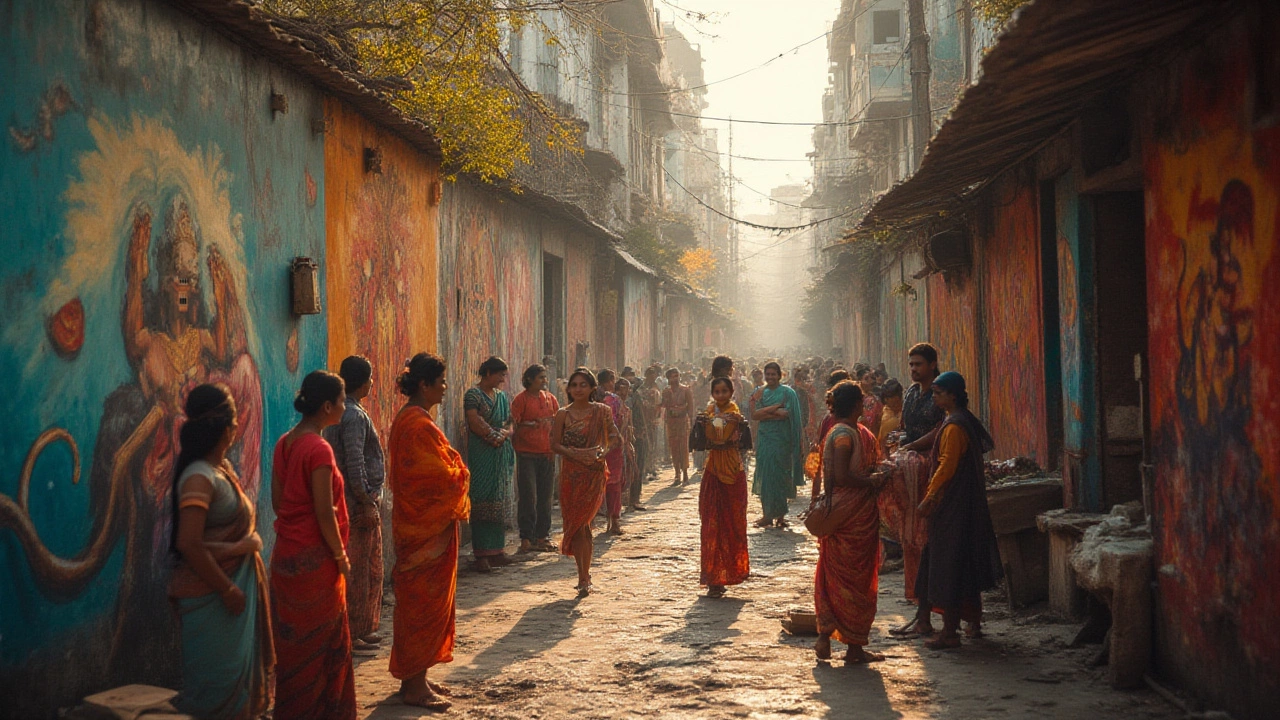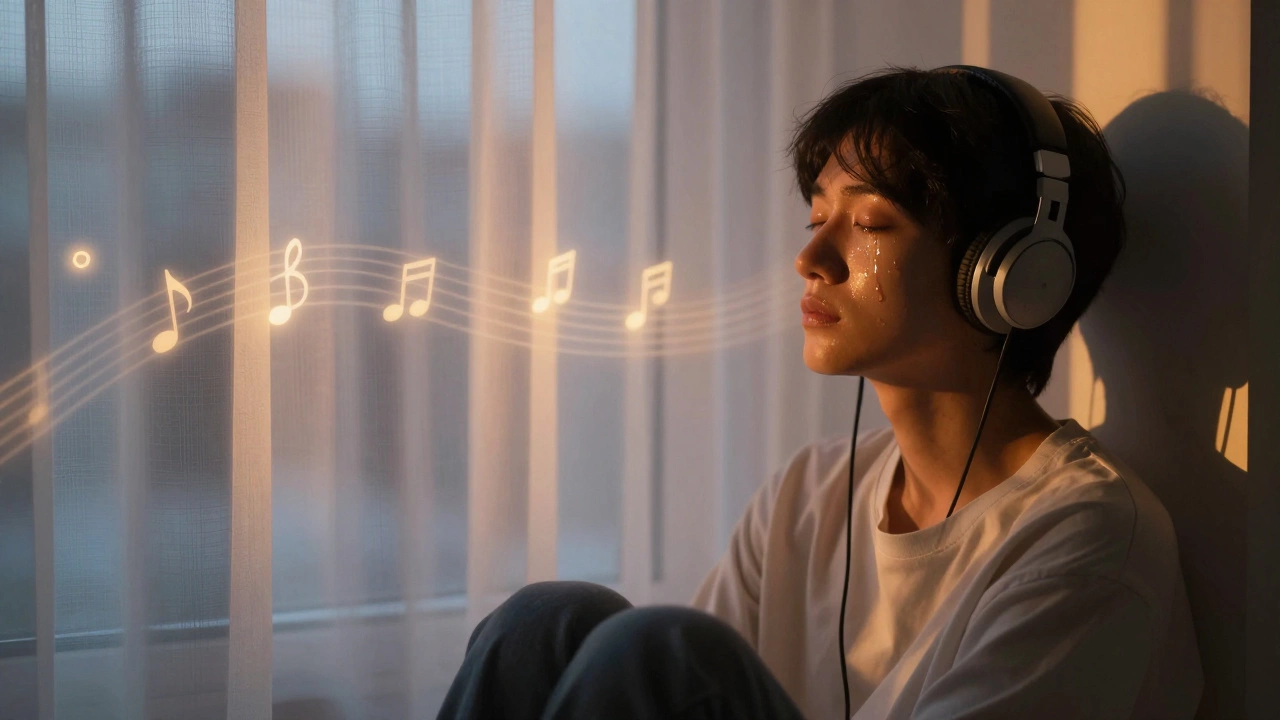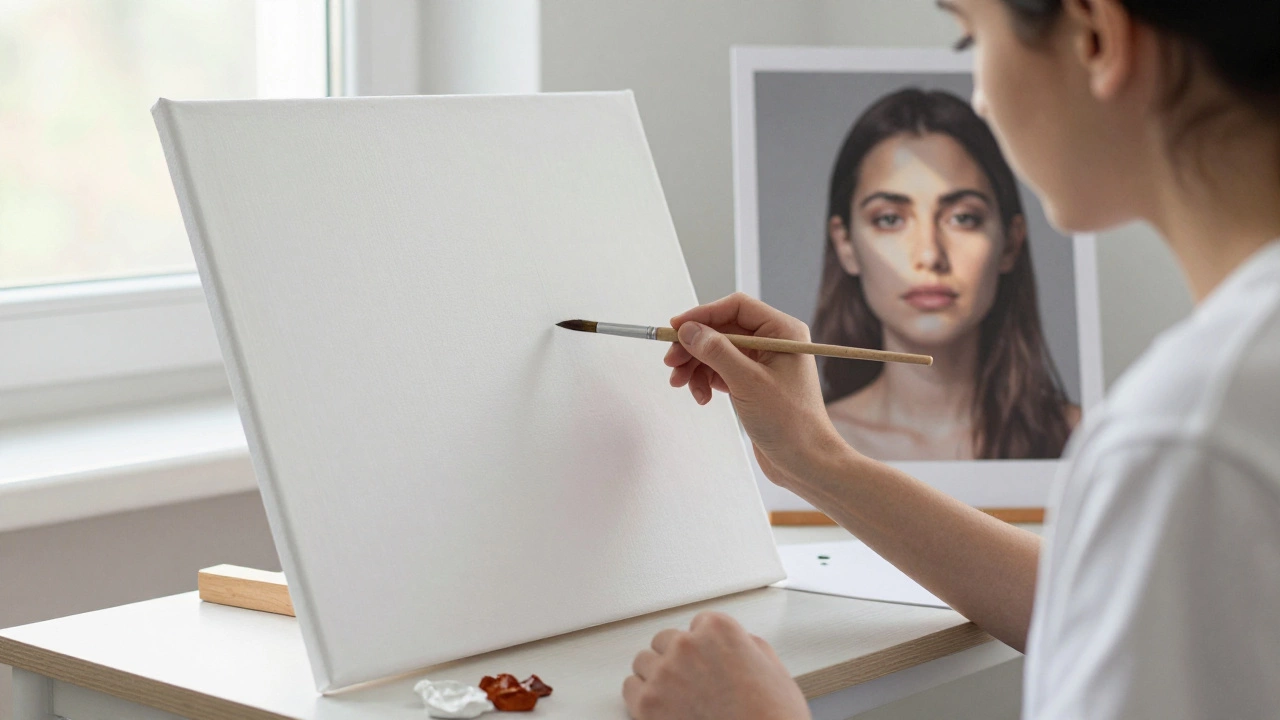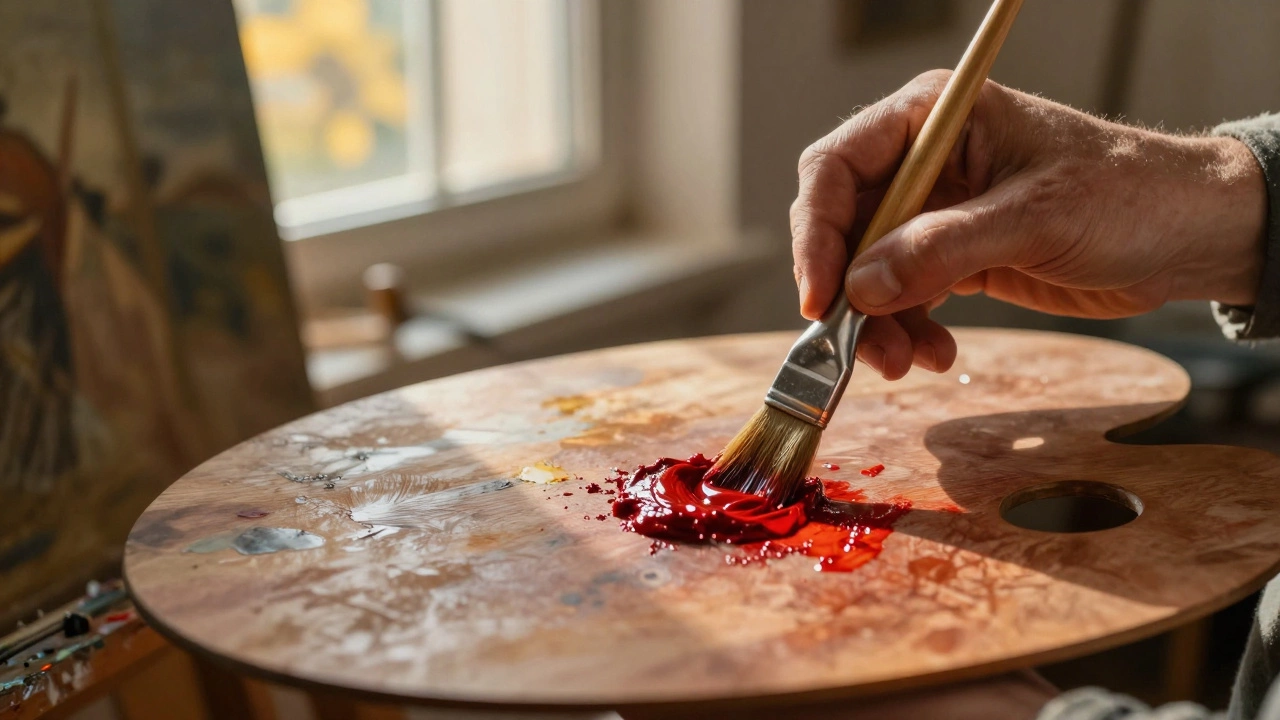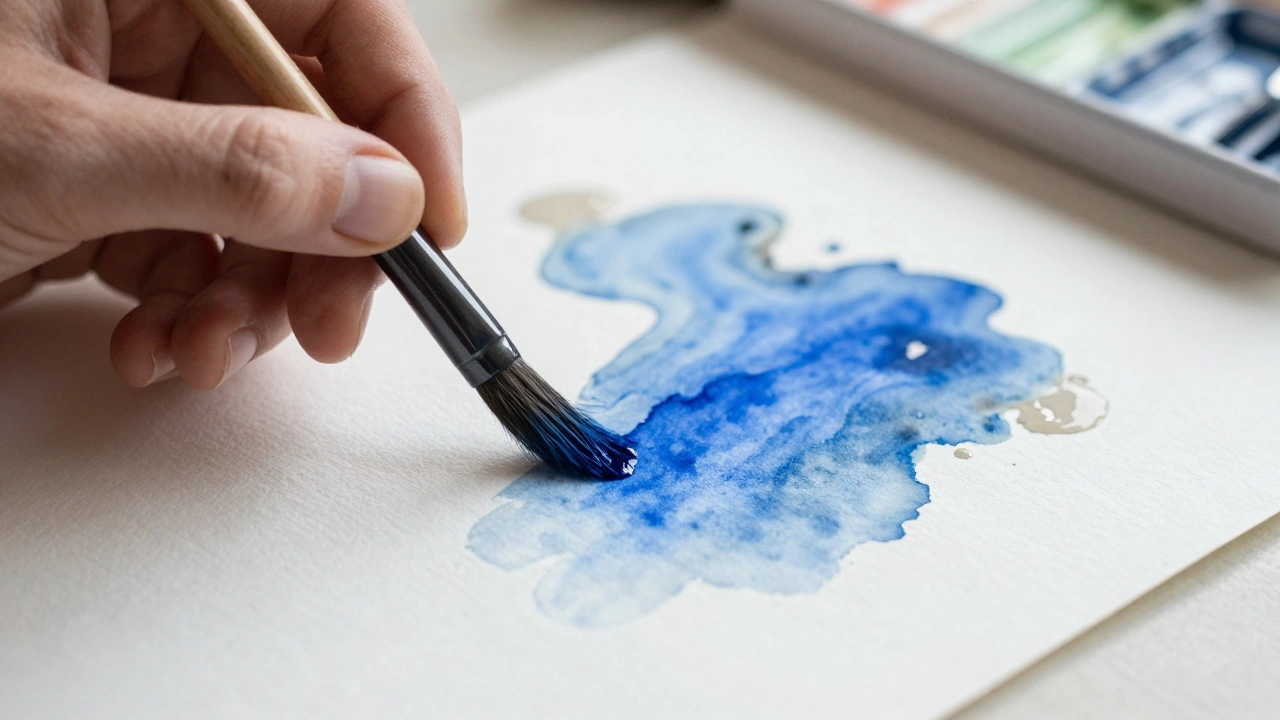Forget everything you think you know about street art—this isn’t some back alley niche with a handful of tags and murals. Picking the number one city for street art is like choosing the heartbeat of a global movement, pulsing with color, rebellion, and fresh ideas. It’s a scene that breaks down museum walls and puts creativity literally on the streets. In 2025, what city commands the global spotlight? And why does every mural devotee, Instagrammer, and contemporary art lover flock there, eager to lose themselves in its kaleidoscopic cityscape?
Why Cities Matter: The Urban Canvas
Think about this: Street art isn’t just decoration. It’s public storytelling, transforming bland walls into conversations about identity, politics, and hope. Some cities merely tolerate street art; others celebrate it, pouring money and passion into preserving, promoting, and expanding it. A city with thriving street art doesn’t just have pretty walls—it’s a living, breathing gallery, open to all, twenty-four seven. And some cities even pass ‘no clean wall’ policies, legally protecting creative expression against sudden whitewashings by grumpy officials. Berlin, London, and New York have all played starring roles, and over the past decade, a few dark horses have pulled ahead.
So how do you decide on the champion? You look at the diversity of murals, the fame of its artists, local street art tours, accessibility for visitors, and government attitudes. Also, there’s that buzz—does the city attract artists from all over, or mainly feature homegrown stars? Culture fusion is key; the best cities are melting pots, from Brazil’s sultry samba soundscapes to Berlin’s post-industrial grit and beyond.
Urban street art festivals now draw crowds rivaling those at music events. São Paulo hosts Bienal Graffiti, attracting over 200 local and international street artists every time. London’s Shoreditch transforms every summer with new walls, while Melbourne’s laneways seem to multiply overnight with each new stencil and wheatpaste.
And don’t ignore the numbers: In 2024 alone, tourists spent nearly $875 million on street art-related experiences globally. Neighborhoods known for murals can see real estate prices jump by 12% in just three years after the first color bombs appear. City pride, an influx of young creatives, pop-up art shows, and permanent giant works all feed the frenzy.
Contenders: Which City is Street Art Royalty?
Let’s get specific about our top players. We need to measure reputation, artistic freedom, history, and how they keep things fresh.
- Berlin: Legendary. A post-wall hub for graffiti since the ‘90s, the city treats the East Side Gallery as sacred ground. Berliners embrace DIY culture—legal walls and commissions pop up everywhere. Famous collectives like 1UP and The Berlin Kidz shape global trends. And don’t forget Urban Nation Museum, a massive space celebrating contemporary urban art.
- London: Arguably the original European canvas. Bristol-born Banksy first made waves in Shoreditch and Camden. The city’s Brick Lane is a mecca for art-spotting, and guided walking tours are a must for first timers. In recent years, local councils have worked to balance preservation with urban development.
- New York: The spiritual home of wild style graffiti. NYC murals form part of community memory in neighborhoods like Bushwick (Brooklyn) and Harlem. Legendary artists including Keith Haring and Jean-Michel Basquiat started here, transforming subway cars into moving galleries. In 2024, Bushwick Collective’s annual block party drew over 100,000 visitors.
- Melbourne: Proof that street art flourishes even far from mainstream capitals. Hosier Lane’s graffiti is constantly in flux, and Melbourne now has the world’s only dedicated street art preservation law. Expect glorious color, wild experimentation, even political cartoons done overnight.
- São Paulo: The wild card—and possibly this year’s winner. Boasting massive murals from Os Gêmeos and Eduardo Kobra, this city’s main roads are lined with color. Street art here is both a protest tool and a proud badge of culture. Street art tours in Beco do Batman (Batman Alley) are booked out months ahead.
- Bogotá: Colombia’s capital has gone from being mural-scarce in 2010 to a powerhouse in just a decade, thanks to local advocacy and support for indigenous art influences.
- Paris: Don’t underestimate it. Montmartre, Belleville, and the Canal Saint Martin are hotspots, and French stencil artists like C215 have massive international followings.
So which city sits on the throne? In 2025, it’s São Paulo. The sheer size, vibrancy, legal backing, and global recognition have tipped the scales in Brazil’s favor. Even Banksy has paid tribute, listing São Paulo’s Kobra murals among the most influential public works worldwide.

What Makes São Paulo Number One?
Skeptical? Here’s why São Paulo outpaces Berlin, New York, and the rest:
- Scale: São Paulo has entire multi-story buildings transformed into murals—not just the odd wall or alley. Kobra’s 62,453-square-foot mural, "Ethnicities," for the 2016 Olympics, remains one of the biggest on the planet.
- Artists: Os Gêmeos, twins Gustavo and Otávio Pandolfo, became global icons, bringing São Paulo’s style to cities everywhere. Locals like Nunca and Nina Pandolfo, plus visiting stars from all continents, keep the city’s scene fresh and surprising.
- Neighborhoods: Beco do Batman is a living gallery, reshaped weekly. But head to Vila Madalena, Avenida Paulista, or the Largo do Paysandu region, and you’ll witness everything from intricate tags to vast photo-realistic works.
- Legal Protection: Since 2021, São Paulo has invested heavily in protecting street art, passing laws that shield murals from city cleanup squads and promoting urban beautification projects supported by local councils.
- Annual Festivals: The Mural Festival, Bienal Graffiti, and an endless string of block parties and gallery mashups turn the city into an evolving exhibition. 2024’s biennial featured over 180 artists from 27 countries.
- Cultural Impact: Street art here isn’t just tolerated; it’s actively promoted in schools, on public transport, and was officially recognized as a city-defining attraction in the 2024 São Paulo Tourism Bill.
Still not convinced? Here’s a quick look at real data comparing the top five cities for street art in 2025.
| City | Number of Legal Murals | Street Art Tours per Year | Annual Festival Attendance (2024) | International Street Artists Hosted (2024) |
|---|---|---|---|---|
| São Paulo | 15,300+ | 4,500+ | 180,000+ | 220 |
| Berlin | 10,200+ | 3,800+ | 110,000+ | 170 |
| London | 8,400+ | 3,500+ | 75,000+ | 155 |
| New York | 9,500+ | 2,700+ | 102,000+ | 140 |
| Melbourne | 7,100+ | 1,300+ | 51,000+ | 90 |
Numbers don’t lie: São Paulo attracts more creative talent, hosts bigger parties, and keeps reinventing its style week after week. People come not only to look, but to make—there’s space and respect for young, emerging voices, whether they use a spray can, wheatpaste, or huge paint rollers.
Tips for Experiencing Street Art Like a Local
If you’re itching to go beyond scrolling through hashtagged pixels, grab your shoes (and maybe a map), and let’s talk tips. First, set aside a whole day—and don’t expect to hit every highlight. São Paulo is massive, and murals are everywhere.
- Book a local guide: Many of São Paulo’s best treasures are tucked into alleys you’d never find alone. A guide knows which works were just completed, and where famous artists (including Kobra and Os Gêmeos) might strike next.
- Go early: Murals are best in natural light, and morning strolls mean you miss the crowds. Beco do Batman at sunrise looks completely different from midday, colors bouncing off empty streets while the city wakes up.
- Mix big and small: It’s easy to chase famous walls, but pay attention to hidden gems. Peel posters, stickers, tiny stencils on utility boxes—sometimes, the most political art is just inches tall.
- Look up!: Some of São Paulo’s wildest pieces are rooftops, balconies, or the sides of high rises. The city is vertical—don’t just fixate at eye level.
- Talk to the locals: No one knows the scene like the people who live among the murals. Don’t be shy—São Paulo’s art lovers are friendly and eager to share backstories.
- Share respectfully: Snap all the photos you want, but always tag artists and locations. Better yet, seek out artist-run tours and pop-ups—your entry helps keep the movement powered.
- Read the layers: Many São Paulo walls are ever-changing; don’t be surprised if you see an iconic piece from last month painted over. It’s how the community responds to current events, protests, and celebrations in real time.
If you can’t make it to Brazil, a few alternatives exist: Berlin’s RAW-Gelände for legal walls, London’s Shoreditch for stencil hunting, and Brooklyn’s Bushwick for festivals. But there’s nothing quite like the rush you get tracking São Paulo’s sprawling outdoor galleries, dodging traffic, sipping strong coffee, and stumbling upon an artist mid-work. It’s alive, messy, impossible to pin down—and that’s the point.
The world’s urban canvases will keep shifting, but for now, São Paulo is the center of the action. There’s no telling what it will look like this time next year, but isn’t that the beauty of street art? If you’re hungry for color and creativity, you know exactly where to go.
